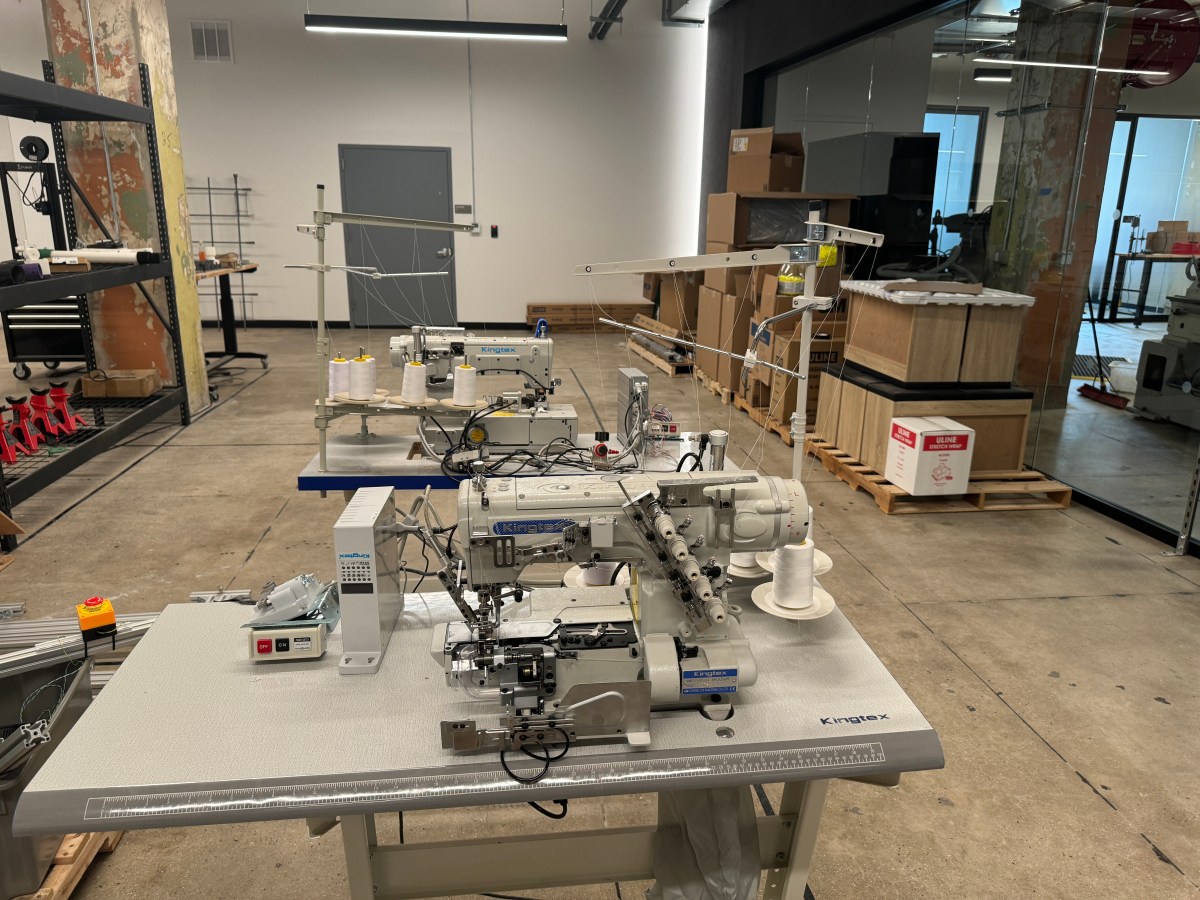
First 3D super-resolution image of dendritic spines captured by Yale researchers
Researchers have created a novel microscopy technique that can see subcellular structures in 3D super-resolution from roughly 100 microns deep into living tissue, including the brain. The approach might help show small changes in neurons that occur over time, during learning, or as a result of disease by offering scientists a better understanding into the brain.
The new method is a further development of stimulated emission depletion (STED) microscopy, a ground-breaking technique for achieving nanoscale resolution by bypassing optical microscopes’ typical diffraction limit. For discovering this super-resolution imaging technology, Stefan Hell received the Nobel Prize in Chemistry in 2014.
The researchers report how they utilized their novel STED microscope to study the 3D structure of dendritic spines deep inside the brain of a living mouse in super-resolution in Optica, The Optical Society’s (OSA) magazine for high impact research. Dendritic spines are little protrusions on neurons’ dendritic branches that receive synaptic input from nearby neurons and they play an important role in neuronal activity.
“Our microscope is the first instrument in the world to achieve 3D STED super-resolution deep inside a living animal,” said leader of the research team Joerg Bewersdorf from Yale School of Medicine. “Such advances in deep-tissue imaging technology will allow researchers to directly visualize subcellular structures and dynamics in their native tissue environment,” said Bewersdorf. “The ability to study cellular behavior in this way is critical to gaining a comprehensive understanding of biological phenomena for biomedical research as well as for pharmaceutical development.”






















